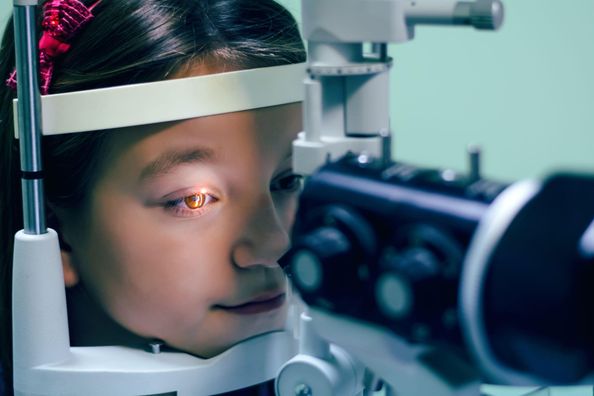Each year, more than half a million children in the United States undergo surgery to remove their tonsils and adenoids. Tonsils and adenoids are made up of lymphoid tissue and are located at the back of your child’s nasal passage. Tonsils and adenoids help to prevent illnesses by trapping and filtering harmful bacteria that enters your child’s body during activities like breathing, eating or swallowing.
Tonsils and adenoids play a large role in keeping infants and small children healthy, but become less important as their bodies develop other ways to fight germs. Around the age of five, tonsils and adenoids begin to shrink, and are almost completely gone by the time your child reaches their teenage years.
As germs and bacteria are trapped, adenoid tissue can become swollen and cause symptoms including:
- Noisy or difficult breathing through the nose
- Snoring
- Disrupted breathing during sleeping (obstructive sleep apnea)
- Sinus symptoms
- Recurring infections or fluid accumulation in the middle ear
Tonsils can also become enlarged or infected when your child is exposed to respiratory viruses, strep throat or mononucleosis (mono). Inflammation of the tonsils, or tonsillitis, causes a variety of symptoms including:
- Sore throat
- Coughing
- Headaches
- High fevers
- Painful swallowing
- Visible white spots or pus on the tonsils
Although it is uncomfortable initially, swelling of the tonsils and adenoids typically resolves on its own after about a week. In some cases, if the swelling persists, tonsils may become infected. If your child’s doctor suspects an infection, your child’s ears, nose and throat will be examined and a small telescope is often used to obtain a closer view of their nasal passage. If an infection is found, antibiotics and nasal steroids are often prescribed.
Some children may experience chronic infections or swelling of their tonsils and adenoids. In these cases, it may be time to consider surgery if your child is experiencing one or more of the following:
- Difficulty breathing
- Sleep disruption including obstructive sleep apnea
- Chronic infections (sinus, ear or tonsil and adenoid infections)
- Recurrent accumulation of fluid in the middle ear or hearing loss requiring ear tubes
- Infections aren’t responding to antibiotics
- Frequently missing school or other activities
In many cases, tonsils and adenoids are removed at the same time, especially if your child experiences frequent sore throats or infections, or infections that cause an abscess, puss or swelling behind the tonsils. Removing tonsils and adenoids helps to alleviate many of the associated symptoms, and can have a significant impact on children who experience obstructive sleep apnea as a result of the chronic inflammation in their nasal passage. Sleep plays an important role in childhood development, your child’s behavior and their overall health. Removing the tonsils and adenoids can correct obstructive sleep apnea, improving the quality of sleep, your child’s mood and their ability to perform activities throughout the day.
Surgery to remove tonsils and adenoids is usually done under general anesthesia, usually does not require stitches, typically can be done in under an hour and your child will be able to go home the same day. Your child may experience some discomfort in their mouth or ears following the procedure that generally lasts about a week, and in most cases, the throat is healed within about 10 to 14 days.
If your child suffers from recurring sore throats, enlarged tonsils or adenoids or frequent infections, especially those that cause other symptoms like obstructive sleep apnea or difficulty breathing, you should consult with an otolaryngologist (ENT) to find out if surgery is recommended. To schedule an appointment with one of our ENT specialists visit dulyhealthandcare.com/services/otolaryngology/.
Health Topics:







